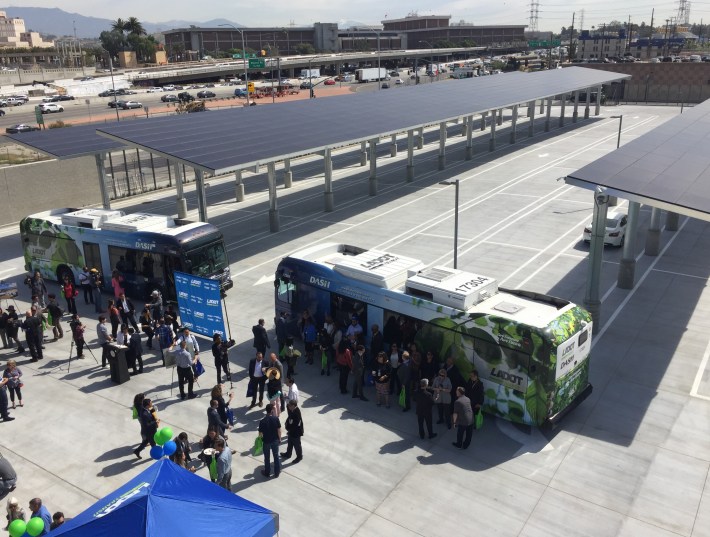Despite increased toll rates, toll roads saw their debt per roadway mile increase by a third last year, from $14.3 million in fiscal 2011 to $18.9 million in 2012.
The average toll per transaction rose from $1.82 to $1.96 over the course of the last year. Moody’s warned in a press release last week that they expect toll roads to continue seeking higher rates, but that politics could get in the way:
Steady toll rate increases will be necessary to support a growing debt burden, says Moody’s, although the unfettered ability to increase toll rates could face mounting political pressure in an economy that is growing slowly. One reason Moody’s continues to have a negative outlook for the US toll road sector is the weak and uneven pace of the economic recovery. Moody’s expects a rise in the number of toll roads and toll-supported projects.
The inability on Capitol Hill to make the Highway Trust Fund solvent will lead more states to embrace tolling. But as the Moody's report indicates, there will still be political battles over paying for individual roads.
New toll roads aren't what's spiking the overall debt burden for tolling companies. Of the 42 U.S. toll roads rated by Moody's, just three are considered "start-ups," meaning they're less than 10 years old, and those are examined separately. One of those start-ups, SH-130 outside of Austin, saw its credit rating downgraded to "below investment grade" earlier this year when only half the projected volume of traffic materialized.
A Reuters review shows that most states’ tolls are less than $0.10 per mile.
TollRoadsNews has questioned Moody’s numbers, saying it’s not possible to have such a big jump in debt per mile if debt per toll transaction "remained relatively stable," as they report it did. Moody's communications director David Jacobson said he hadn't heard that TollRoadsNews had called their numbers "screwy" but told Streetsblog he would address the critique. He did note that the higher debt numbers reflect simply that some toll roads issued more debt.
Jacobson notes that Moody's official outlook on the tolling sector has been negative for the last five years. “That doesn’t mean everybody’s going to get downgraded," he explained. "It just means there are more negative credit pressures than positive credit pressures." He cited the still-weak economic recovery and the significant possibility of continued high fuel prices and toll rates. He also noted that many states use toll roads as a piggy bank, as Ohio Governor John Kasich is doing now, to borrow money to build more roads.
Fitch Ratings, another of the Big Three credit rating agencies, warned investors in June that it was concerned about the future profitability of toll roads, given that “Americans have driven less each year since 2004 and those ages 16 to 34 have reduced their driving more than any other age group.”
They went on to say that they thought economic factors were only part of the reason for the change in driving behavior, and that they expected it to be lasting.







